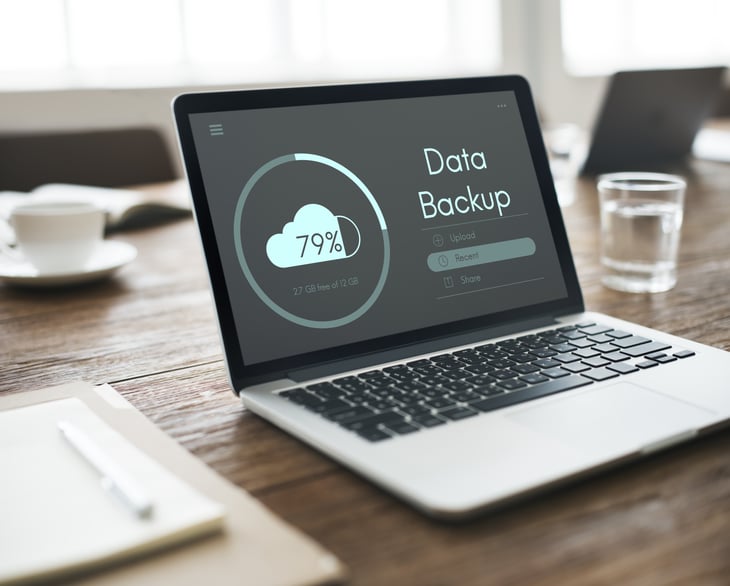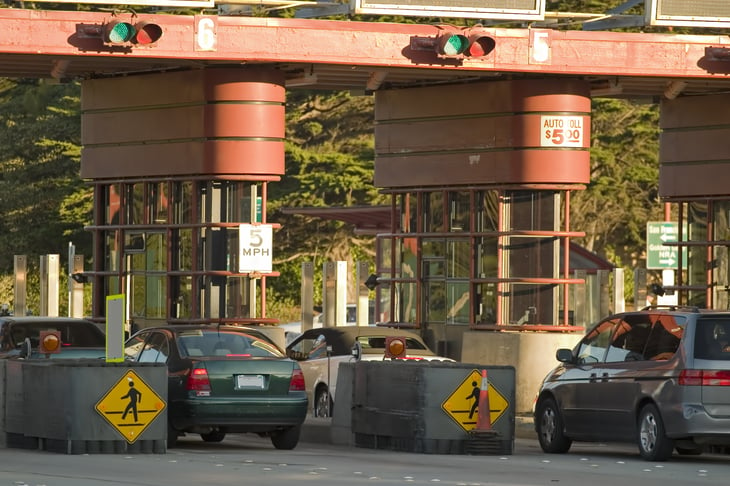
Budgets break along tiny cracks that are always leaking money. These seem to be expenses that aren’t quite large enough to draw attention but add up to substantial amounts that can be surprising once you account for them.
Let’s look at some of the “small” recurring and often overlooked expenses that are worth putting under the microscope — and what you can do to reduce their impact on your budget.
1. Bank fees

Bank fees come in many shapes and sizes. From a $5 monthly maintenance fee to a $3 ATM fee to a larger $35 overdraft fee, paying these on a regular basis can add up over time.
Review your bank statement to see whether you’re paying paper statement fees, getting dinged for not maintaining a minimum balance or being charged other fees.
You can move beyond bank fees by looking for a new financial institution — like an online bank or a credit union — that doesn’t charge maintenance fees and offers reimbursement when you use an out-of-network ATM.
If you’re constantly getting hit with overdraft fees, consider getting rid of overdraft protection and reviewing your income and bill schedule. See if you can change your bill due dates to better match your paychecks.
2. Forgotten subscriptions

Do you know how much you’re paying for subscriptions? Many consumers might be surprised to learn that they’re underestimating how much they spend on these recurring costs by more than $200 per month.
Once you sign up for a subscription, whether it’s a gym membership, subscription box or premium mobile app, the money disappears from your budget almost silently. And if you have multiple subscriptions, that can add up to thousands of dollars in the course of a year.
Go through your bank and credit card statements to see what recurring subscriptions you have — and be honest about whether you’re using them. Then, take the time to cancel what you don’t need and watch as your monthly budget suddenly seems to have more room. If you don’t have time to cancel the subscriptions yourself, a service like Trim can help.
3. Streaming services

These days, it seems like you need to have several streaming services just to keep up with your favorite shows. What happened to efforts to “cut the cord” and save money over cable?
With $7.99 per month here and $15.99 per month there, you might be surprised at how quickly that entertainment bill adds up. One way to reduce the cost of monthly streaming is to cancel paid subscriptions in favor of free streaming services that can potentially provide you with access to more TV and movies than you could ever find time to watch.
4. Data storage fees

Trying to keep everything in the cloud can get expensive. Different services cost anywhere from $2.99 per month to more than $99 per year. Depending on how much storage you want and what you pay for, these seemingly small fees can add up.
You can save your budget from this nickel-and-diming with the help of free cloud data storage services. However, it’s important to note that these are likely to be most effective when you’re more interested in syncing your documents and data, rather than needing a large amount of storage space.
5. Cellphone data

If you’ve been exceeding your cellphone data cap on a regular basis, you might see a bigger bill than you expect each month. So many of us use cellphones on a regular basis to stream shows, check social media and accomplish other tasks. This can lead to using more data than you think, especially if some apps are running in the background.
You can reduce how much data you use by connecting to local networks when they’re available and making sure that your apps don’t run when you aren’t actively using them. Another option is to switch to a plan with unlimited data. Compare the cost of an unlimited plan with how much data overages are adding to you bill each month to see if the switch is worth it.
6. Ride-shares

Depending on when you ride — and even where you leave from — you might be paying more than expected when you use ride-share services.
For example, airport pickups often cost more than other pickups. If you have a little extra time, see if you can take a free hotel shuttle from the airport and then get your ride there.
You can also use apps, like Obi, to compare rates across several ride-share services. Public transit, carpooling and other strategies can help you limit your ride-share use and reduce your overall cost.
7. Food delivery fees

Sure, you might have an “eating out” category in your budget, but are you using it for food delivery? And does it account for the extra fees?
A meal that might cost $12.90 for takeout might end up costing $21.80 if you order it using a food delivery service. Once you add in the delivery charge, tip and markup, it can be a big difference. Make it a habit and food delivery can be a real budget-buster.
Consider picking up the food yourself. Order takeout before you leave work and grab it on the way home. Instead of using a service like Instacart for grocery shopping, consider shopping on your own according to a schedule. And, of course, stick to a list. Plus, when you make a meal plan and a grocery list, you can cook at home, potentially creating less expensive meals.
8. Parking fees and tolls

Depending on where you live, you could be paying big bucks for parking when you go into town. You could also be paying toll fees. In fact, according to ChamberofCommerce.org, commuters experience more than $5,000 in wage loss each year due to their costs.
Rather than paying for parking and tolls, consider using public transit. Another option is to see if your company benefits include parking fees. You might also be able to save money by asking to see if you can work from home two or three days a week instead of commuting each day. You might be able to get a discounted parking pass on a monthly basis.
Finally, see if you can walk or bike to some of the places you commonly visit. This can increase your health as well as save you money on parking fees.





Add a Comment
Our Policy: We welcome relevant and respectful comments in order to foster healthy and informative discussions. All other comments may be removed. Comments with links are automatically held for moderation.